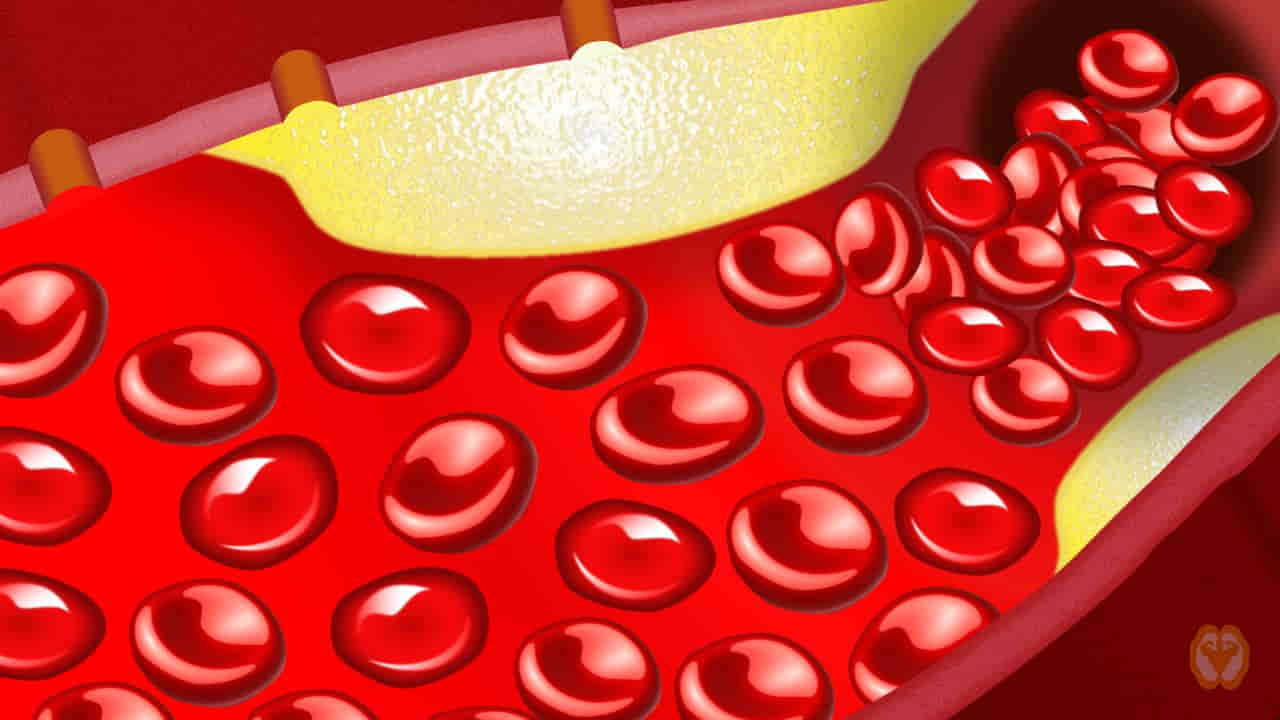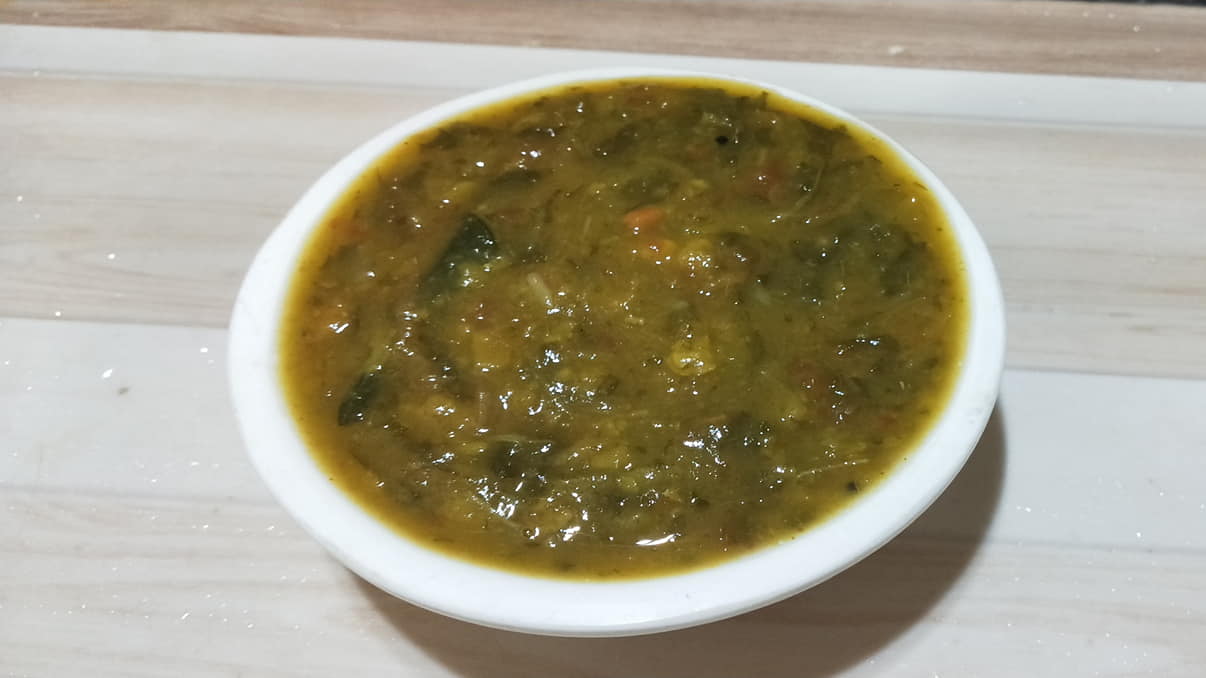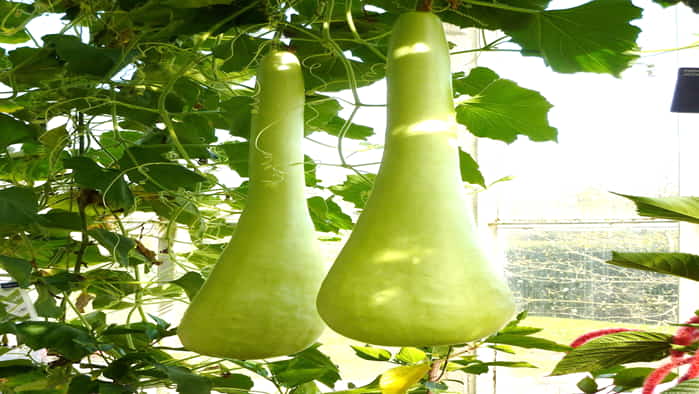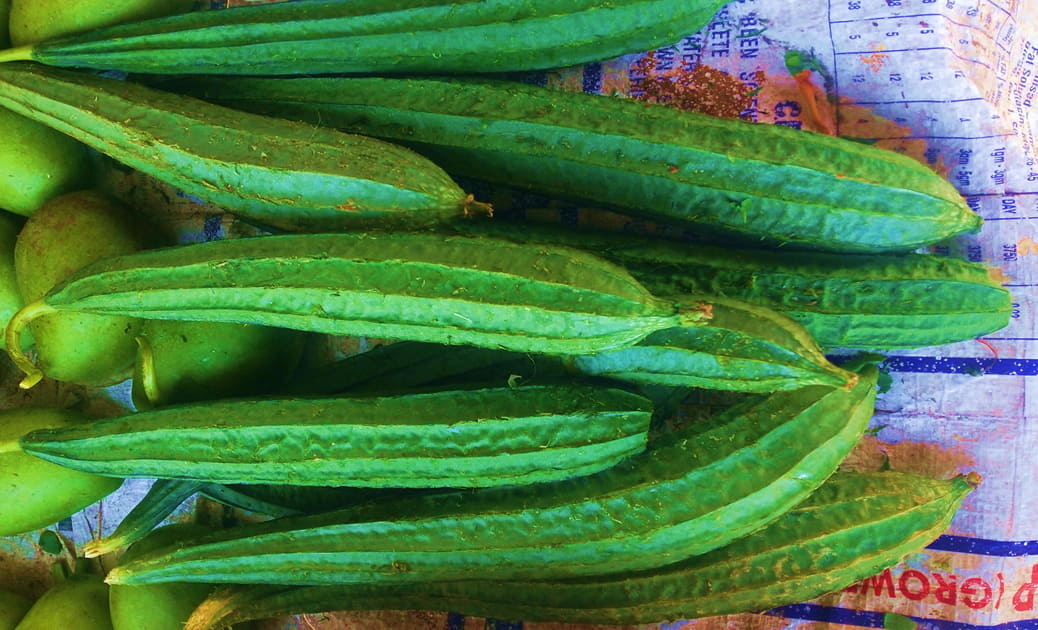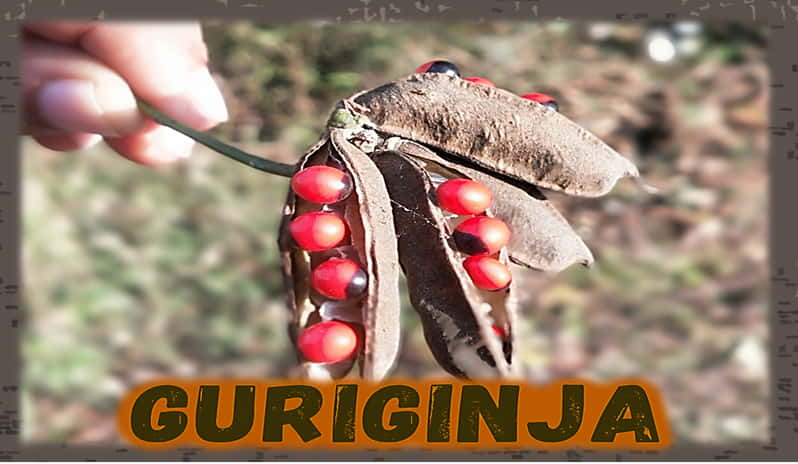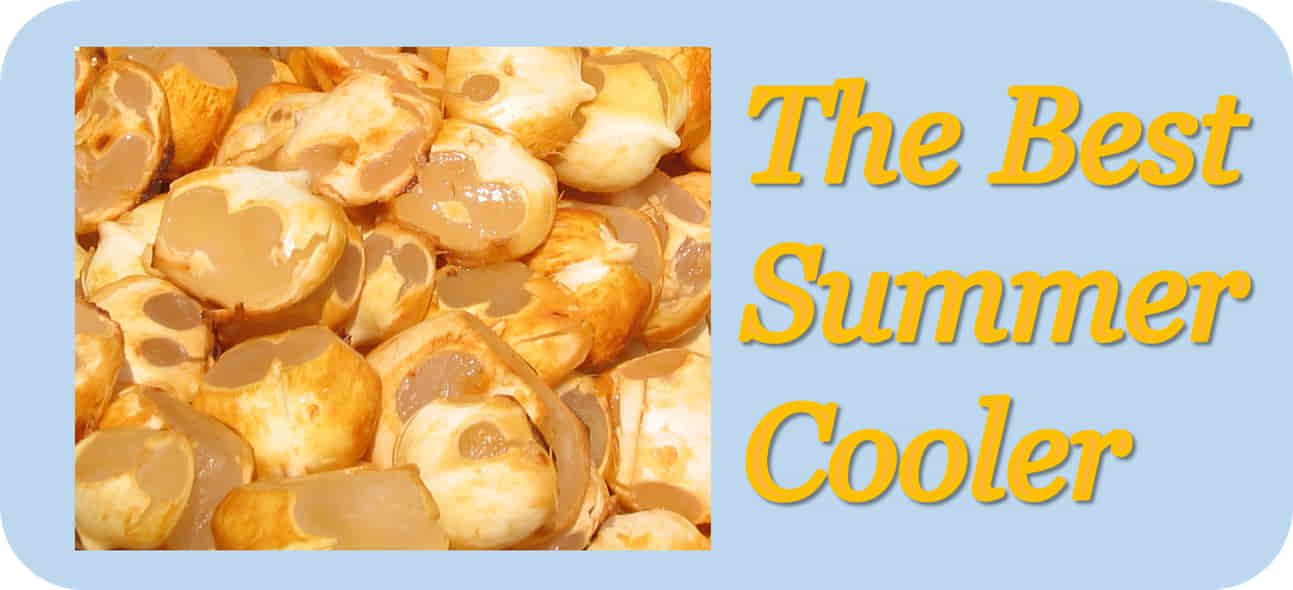Consuming rupchanda (Roopchand) fish meat supports our healthy aging by minimizing any associated symptoms as it stores unwanted fats and calories at low levels. As rupchanda is a reliable source of omega-3 fatty acids, it also aids in lowering the risk of heart issues and managing blood pressure. Due to its low-fat content, it strengthens our immune systems. Here you can find more information about this fish and we can find different names of Roopchand fish in Tamil language.
Roopchand Fish in Tamil
Numerous popular fish species can be found in Tamil Nadu. Roopchand is one of those that is more well-liked throughout the state’s markets. The names of Roopchand fish in Tamil include……….
- Yeri Vaval (ஏறி வௌவால்)
- Aeri (ஏறி)
- Roopchanda meen (ரூபிச்சாண்ட மீன்)
Pomfret, silver pomfret, and Chinese pomfret are all common English names for the Roopchand fish. The same fish is named Butterfish and Pompano in the USA.
Learn more about this fish’s advantages and interesting facts, which are merely available elsewhere.
Almost everywhere in India, fish with excellent meat quality and flavor is readily available. Roopchand, despite being a commoner, is a model in terms of appearance and taste in Tamil Nadu hotels.
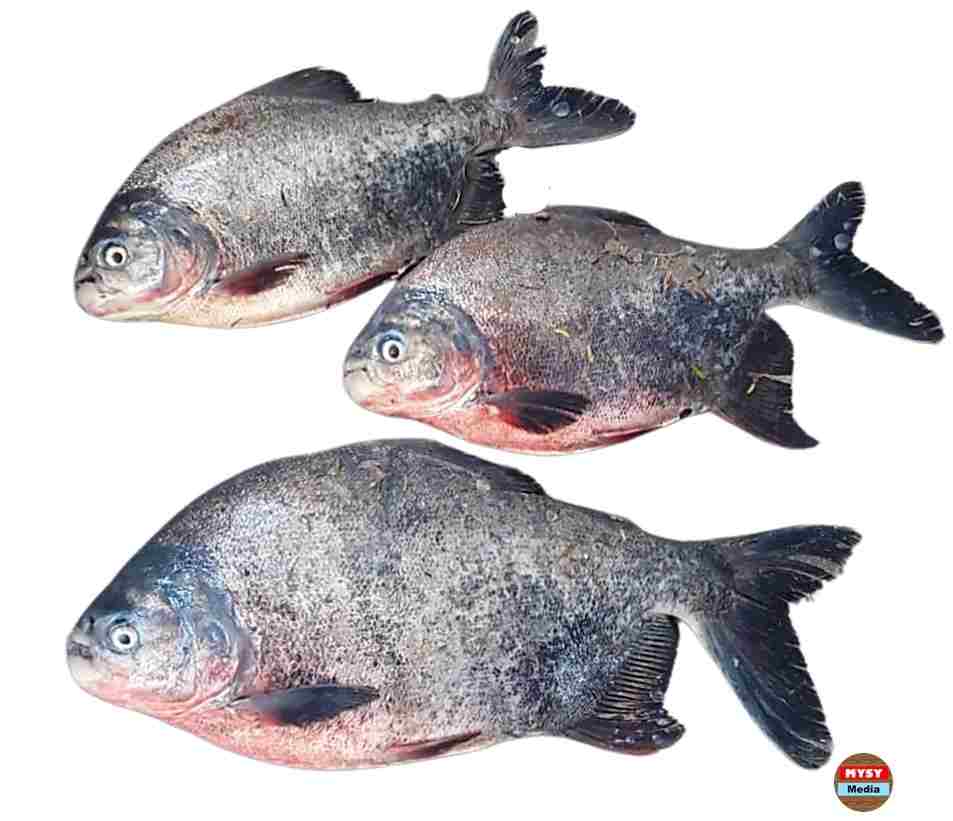
Benefits of Roopchand Fish
What could be better than Roopchan fish meat, which is high in protein but low in fat? When you enjoy the benefits without accumulating layers of fat, you know you have the ideal meat. Omega-3 fatty acids, which can be found in fish meat, have long been recognized for their heart-healthy benefits.
Throughout the world, people are afflicted with deadly conditions or diseases. Cancer is one of those. Some people get anxious when they hear the word “cancer” because there aren’t many affordable treatment options for it. Fish is thought to contain a significant number of antioxidants that can help fight cancer. Regular consumption of fish meat, whether it comes from a river or sea fish, is considered to be a healthy way to supplement our diet with more of the nutrients our bodies require.
- Calcium, vitamins A and D, and B vitamins, including Vitamin B12, which is essential for the nervous system, are all found in abundance in Roopchand meat.
- Pomfret fish is a beneficial brain food that is also good for eyesight, healthy skin, and hair.
- Iodine, which is important for the thyroid gland, is also present in this fish meat.
- This fish meat is one of the sources of highly unsaturated fatty acid (HUFA) and polyunsaturated fatty acid (PUFA).
- The long-chain PUFA present in the meat of pomfret fish plays a role in preventing human coronary artery disease.
- Due to this fish’s PUFA content, there is growing interest in eating this fish today.
- This fish helps in the improvement of the retina and brain development.
- This fish meat lowers the risk of developing multiple sclerosis, rheumatoid arthritis, and breast cancer.
- It lessens the effects of inflammatory bowel disease, psoriasis, and asthma.
- Additionally, it aids in the control of prostaglandin synthesis, a lipid type that regulates activities like inflammation, blood flow, and the formation of blood clots at the sites of infection or tissue damage.
- A higher amount of glutamic acid was found in the amino acid composition of pomfret muscle, followed by lysine, leucine, aspartic acid, arginine, valine, and alanine in that order, according to some researchers.
- Foods high in glutamic acid are generally used to treat conditions such as epilepsy, nerve damage, muscular dystrophy, hypoglycemia, and intellectual disorders.

Facts about Roopchand fish
- Niacin and the B vitamins B12 and B6 are also abundantly found in silver pomfret fish.
- Roopchand is a single-boned seawater fish with a flattened body and a sharply forked tail.
- Protein and omega-fatty acids are abundant in these fish.
- The omega-3 fatty acid aids in the body’s decreased production of cholesterol.
- Halwa, also known as the black pomfret, is a seawater fish with just one bone. It can be found in the Pacific, Indian, and Atlantic oceans.
- Some pomfret are freshwater fish called River Pomfret.
- The body of the freshwater pomfret is rounded, with a length to height ratio of 2:1.
- It resembles the Brazilian piranha in appearance, having a dark gray upper side and a red lower side with pectoral and pelvic fins.
- Compared to sea or salt water pomfret, freshwater pomfret fish is more reasonably priced.
- The amount of mercury, a toxic compound that affects the immune systems, lungs, kidneys, and central and peripheral nervous systems, in Chinese pomfret is comparatively low.
- Iron and magnesium are two additional elements abundantly found in pomfret fish.
- It costs a lot because there is a lot of demand for it. Even at their most affordable, a pair of respectably sized pomfret would cost more than Rs. 600.
- The black and white pomfret are the two types of fish that are most frequently sold in India.
- Pomfret is popular because of its flavorful, subdued “non-fishy” flavor and delicate white flesh, and it is also favourate meat for most people as it is very soft and easily broken after plating.
- The main omega-3 fatty acids include, eicosapentaenoic acid (EPA) and docosahexaenoic acid (DHA), which are also abundant in this fish meat.
- According to numerous studies, different individuals of the same pomfret fish species have very different ratios of above mentioned essential elements.
- In comparison to freshwater pomfret fish, the ratio of total omega-3 to omega-6 fatty acids is significantly higher in marine pomfret fish.
- According to nutritionists, the ideal ratio of these fatty acids should be 5, and the inclusion of 3 polyunsaturated fatty acids (PUFA) could enhance nutritional value and prevent diseases.
